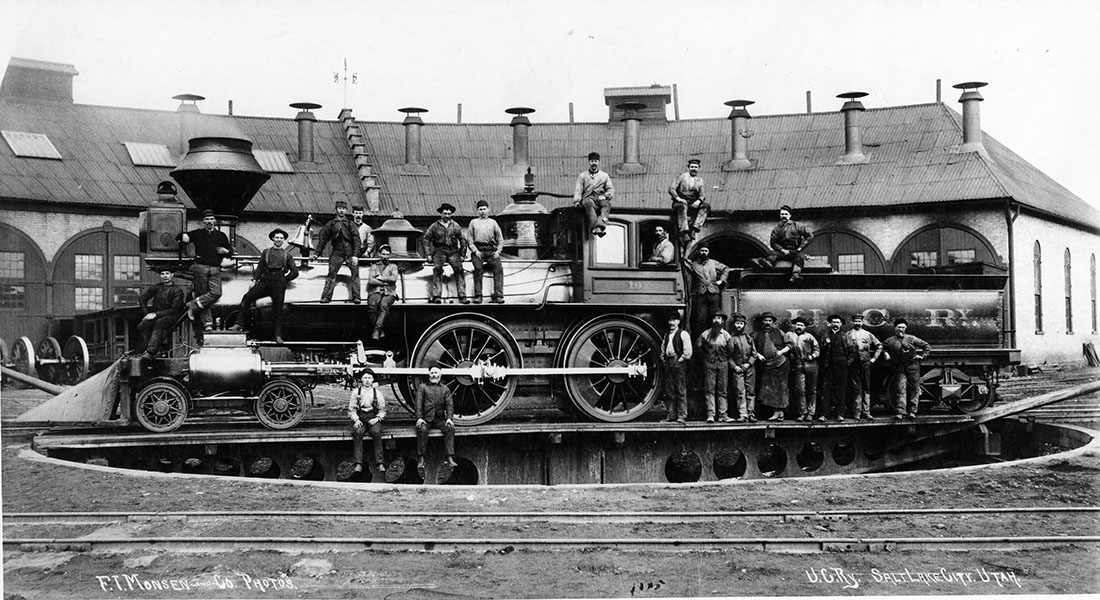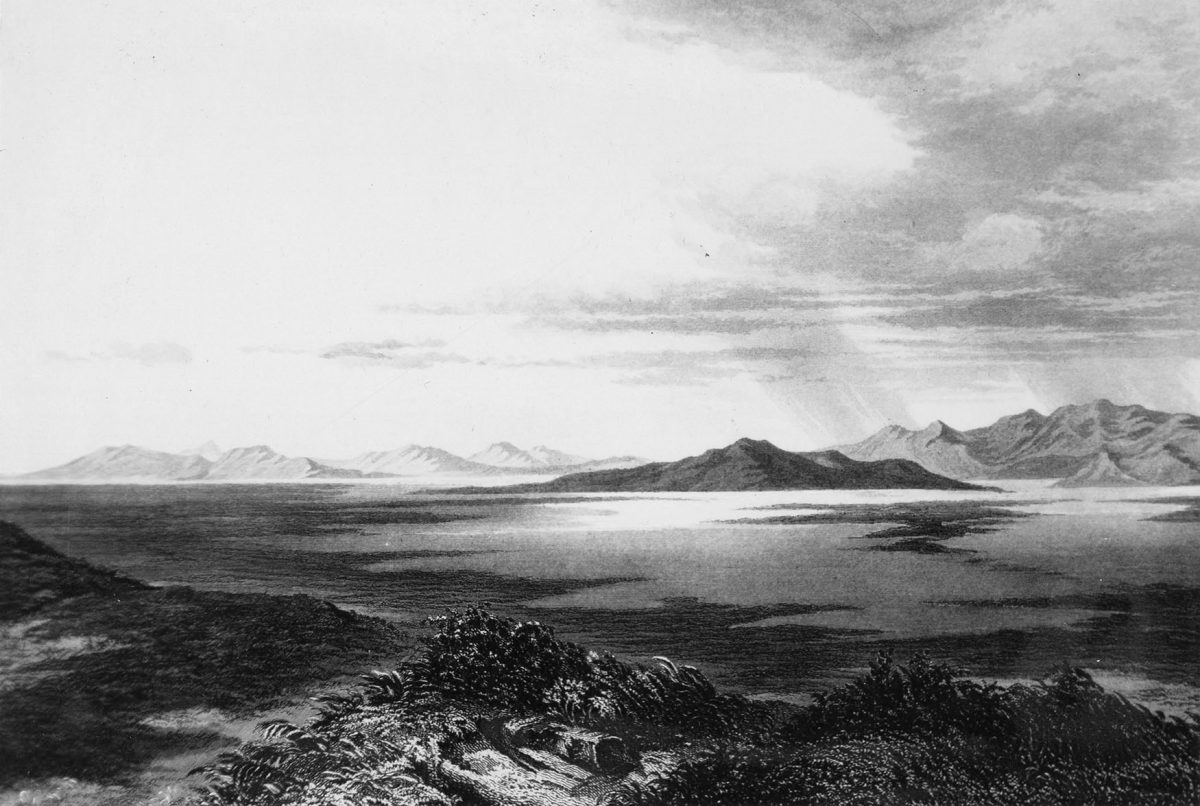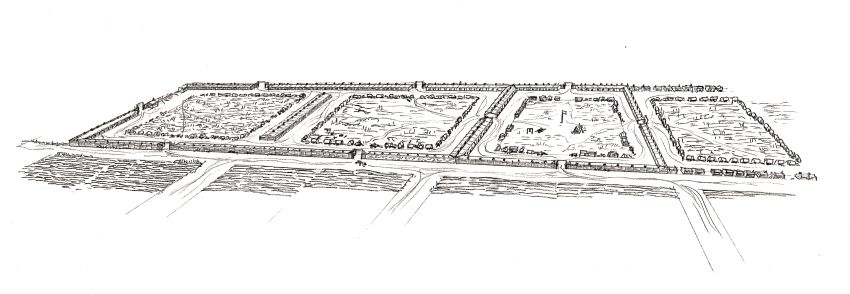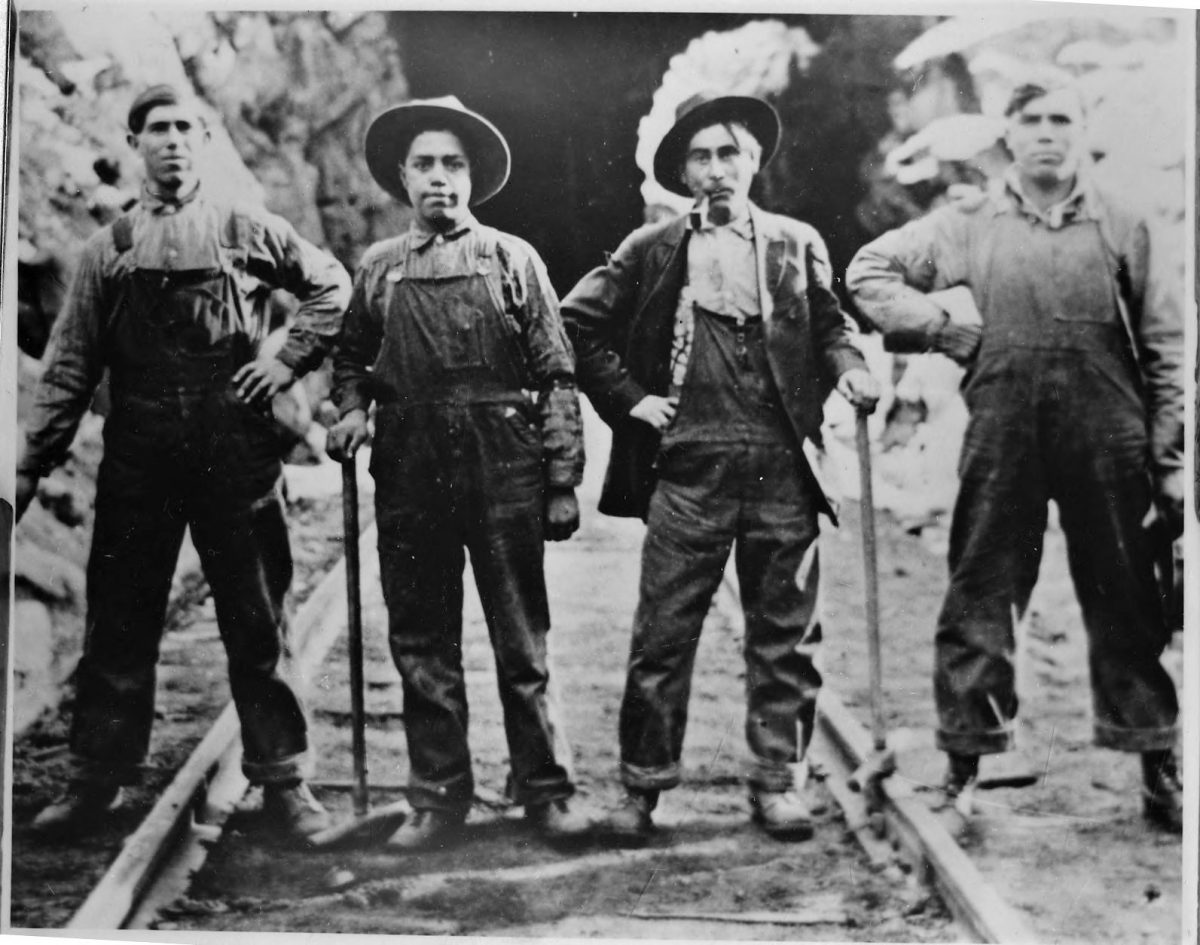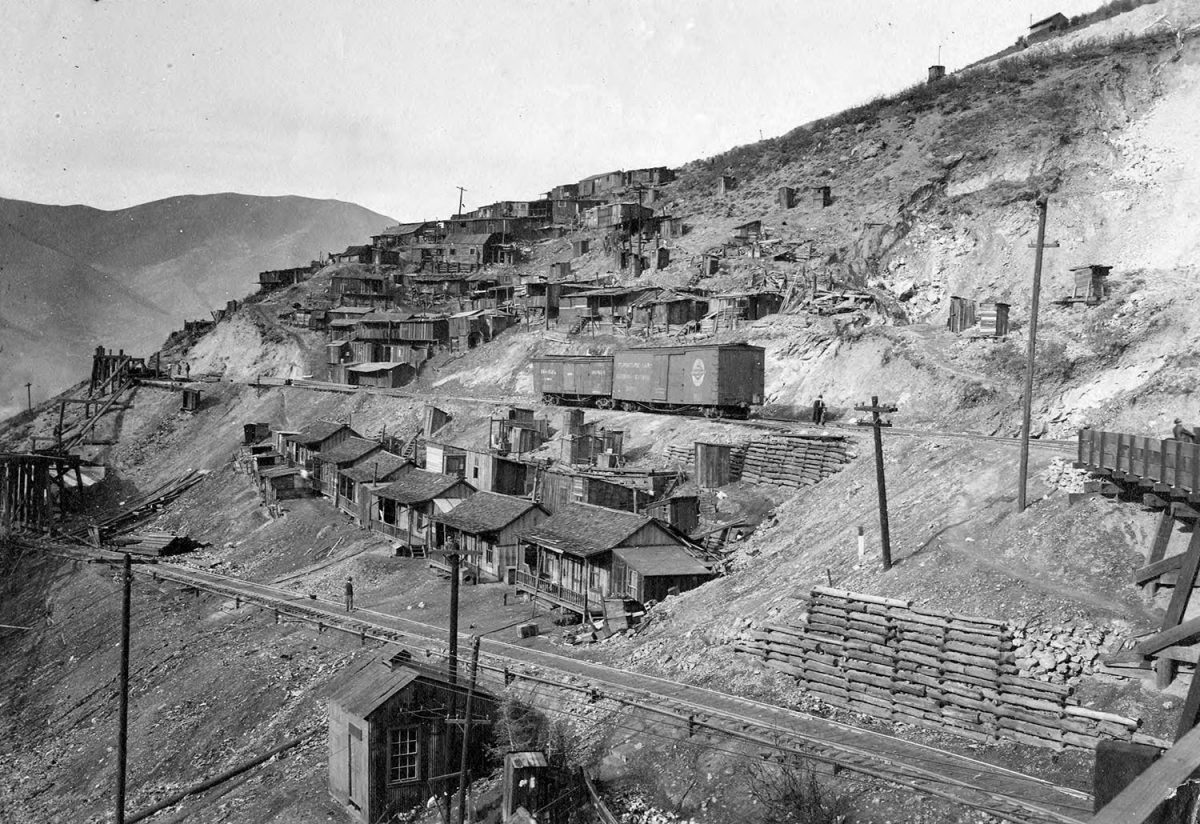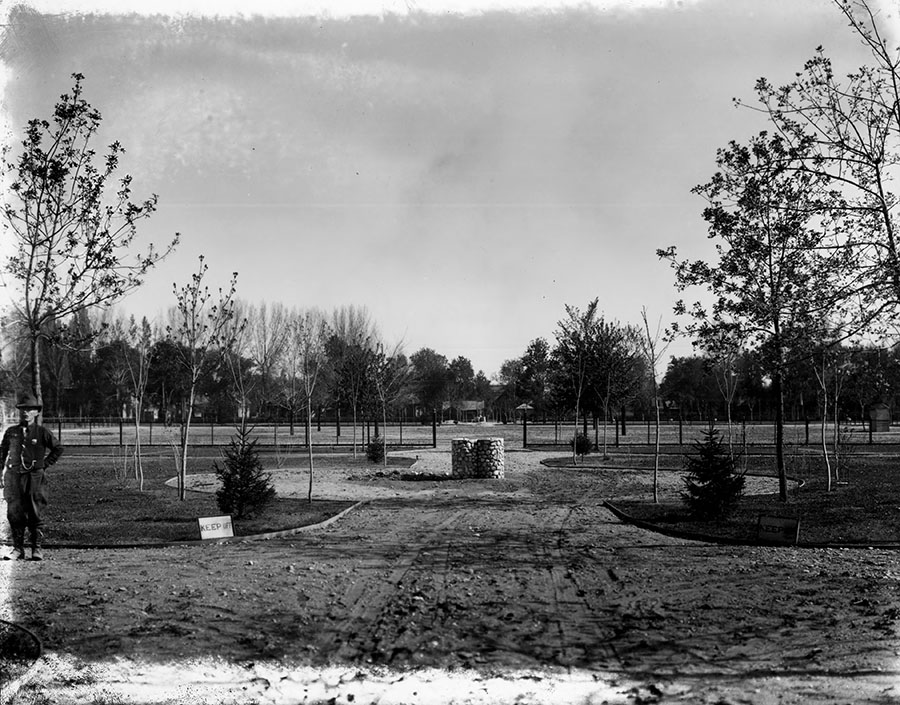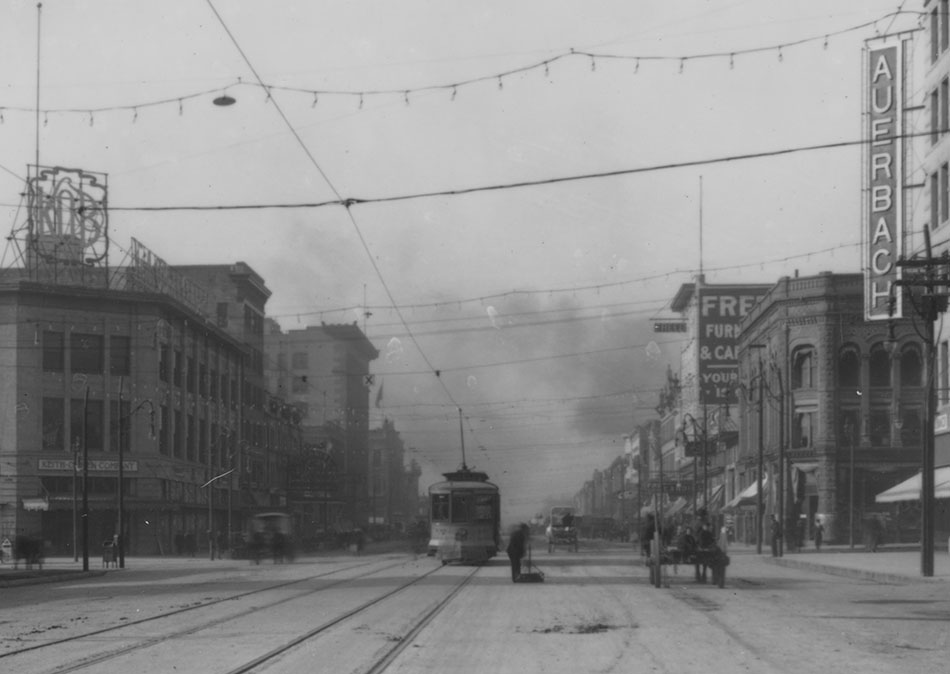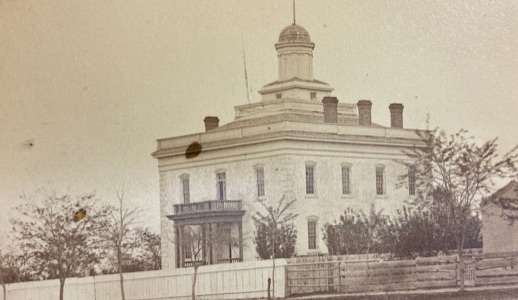Salt Lake West Side Stories: Post Fiveby Brad Westwood Above Illustration: “Fort on the Great Salt Lake,” researched and rendered by Kirk Henrichsen, circa 1995; used with permission of the artist. In 1847, leaders of The Church of Jesus Christ of Latter-day Saints (LDS Church) decided to organize an exodus to the West in search of a new homeland where …
Irish, Cornish, Welsh and Jewish immigrants and Salt Lake City’s West Side
Salt Lake West Side Stories: Post Twenty-TwoBy Brad Westwood Many of the west side’s earliest immigrants found employment in mining, transportation and smelter industries. Others bought and sold goods essential to frontier life. This segment speaks to the Cornish, Irish and Jewish American Communities who lived and worshiped on the west side. Many immigrants left their homelands because of famine …
Utah’s Expanding Railroads and Salt Lake’s West Side
Salt Lake West Side Stories: Post Nineby Brad Westwood The completion of the world’s first transcontinental railroad in 1869 dramatically affected the social, political, economic, and cultural life of Salt Lake City (SLC), the Territory of Utah, and the American West. Transportation was one aspect that contributed to changes in the West. The railroad cut travel time from the Pacific …
Pre-European Settlement, Crossroads, and the Idea of Home
Salt Lake West Side Stories: Post Fourby Brad Westwood Native Americans lived in what is now Salt Lake’s west side. After Europeans began to colonize North, South, and Central America, the Great Basin became a site where many different people and nationalities claimed ownership. In this post, we will consider how the Native Americans of the Salt Lake Valley interacted …
The Old Pioneer Fort’s First and Second Years
Salt Lake West Side Stories: Post Sixby Brad Westwood Above photo caption: Kirk Henrichsen’s bird’s eye sketch of the Fort on the Great Salt Lake, circa 1849, extending from 300 to 400 West and 250 to 600 South. Henrichsen’s drawings included log and adobe cabins, gateways, hundreds of wagons used for cooking and sleeping (inside, under, and around), the flagpole, …
Salt Lake City Loses Its “Dirtiest City” Status, the West Side, Public Health, and the City’s Only Surviving Pioneer Square
Salt Lake West Side Stories: Post Fourteenby Brad Westwood It is no surprise that in terms of public health, sanitary reform, and civic improvements, local and state leaders neglected Salt Lake City’s ethnically diverse and industrial west side. The west side sits along the floodplain of the Jordan River and the southern end of City Creek’s alluvial deposit. At the …
Twentieth Century Changes to Salt Lake City’s Original West Side
Salt Lake West Side Stories: Post Thirty-Oneby Brad Westwood The above cropped photo is of The Crossroads Coffee Shop, which was located on North Temple adjacent to the Hotel Utah Motor Lodge, circa 1960s. Photograph courtesy of the Special Collections Department, J. Willard Marriott Library, University of Utah. Over the years, the Pioneer Park neighborhood has undergone significant changes as …
Latinos/as and the West Side: Part Two
Salt Lake West Side Stories: Post Twenty-NineBy Brad Westwood, Cassandra Clark and Catherine Aviles The above photo is of four Mexican railroad workers, circa 1915-1920, presumably somewhere in Utah. Photo courtesy of the Helen Z. Papanikolas People of Utah (1976) Collection, Utah State Historical Society. Latinos/as who lived in twentieth century Utah faced discrimination and unstable employment options that negatively …
Brokers of Human Capital
Salt Lake West Side Stories: Post Nineteenby Brad Westwood Many early American immigrants first heard about Utah and the American West from steamship and labor agents whose work was similar to modern-day employment recruiters. The steamship and labor agents attracted laborers by offering to pay for their transportation costs. In return, laborers signed a contract that required that they pay …
The Progressive Era, the Making of a Proper Park, and the “Stockades”
Salt Lake West Side Stories: Post Fifteenby Brad Westwood and Cassandra Clark The Progressive Era spanned from 1890 to roughly 1920 and was a time of reform and social activism. Progressives were mainly white, Protestant, and members of a growing “new” middle class, who earned their wealth as a result of America’s rapid post-Civil War industrialization. By the end of the …
Continued Transformations: Industrialization and Salt Lake City’s West Side
Salt Lake West Side Stories: Post Thirteenby Brad Westwood Salt Lake’s west side underwent massive and constant changes during the last quarter of the nineteenth century. What began as a fort where Mormon pioneers sought shelter, transformed into a transportation, industrial and manufacturing hub, and by the late nineteenth century experienced dramatic social and environmental consequences as a result. For …
Late Nineteenth and Early Twentieth Century Developments
Salt Lake West Side Stories: Post Twelveby Brad Westwood Salt Lake’s west side was the location of businesses, homes, tenement houses, hotels, transportation hubs, government buildings, schools, and early non-Mormon (members of The Church of Jesus Christ of Latter-day Saints, hereafter LDS Church) religious communities. The Salt Lake County Courthouse was built a block north of the park on 156 …


